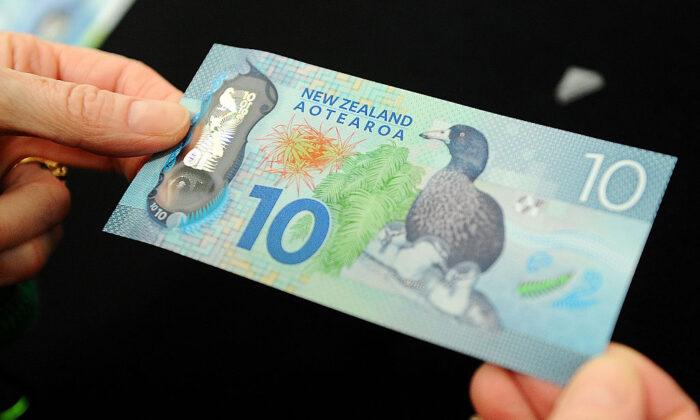The number of people facing drug charges in Australian criminal courts fell by 9 percent in the 2023/24 year, according to the Australian Bureau of Statistics (ABS).
In total, 38,039 defendants were charged with offences including possession, sale, trafficking, import or export, manufacture, or cultivation of illegal drugs.
Samantha Hall, head of ABS crime and justice statistics, said the number of people facing charges for illegal drugs has been declining in recent years.
“Around 20,000 fewer defendants faced illicit drug charges in 2023/24 compared to 2018/19,” she said. “This was mainly due to a drop in [charges for] drug possession or use, which were down 34 percent [over the period].”
The drop held across most of Australia, but there were two exceptions.
Most Offenders Are Fined
Men accounted for three-quarters (74 percent) of defendants, and around 1 percent were aged under 18 years.In 99 percent of all drug cases, defendants were found guilty. Of these, more than half received a fine as their main sentence. The median fine was $400.
A further 12 percent were sentenced to a good behaviour order, and 9 percent to a term in prison.
Drug Use Remains Widespread
According to a 2024 report from the Australian Institute of Health and Welfare (AIHW), an estimated 10.2 million (47 percent) of people aged 14 and over have used illicit drugs at some point in their lifetime, including the non-medical use of pharmaceuticals. Around 3.9 million (18 percent) had used one in the previous 12 months.These rates are similar to 2019 figures, but the numbers have increased since 2007 (38 percent lifetime use and 13 percent past-year use.)
Despite widespread use, not all drug users commit crimes. Two 2024 studies found just over 40 percent of illicit drug users reported engaging in criminal activities—a rise from around 35 percent the year before.
Most Common Drug
The drug most commonly used in the previous 12 months remained cannabis at 11.5 percent, similar to the 2019 figure of 11.6 percent.This was followed by cocaine at 4.5 per cent, hallucinogens at 2.4 percent, and ketamine at 1.4 percent.
- Cocaine: 4.2 to 4.5 percent
- Hallucinogens: 1.6 to 2.4 percent
- Ketamine 0.9 to 1.4 percent






